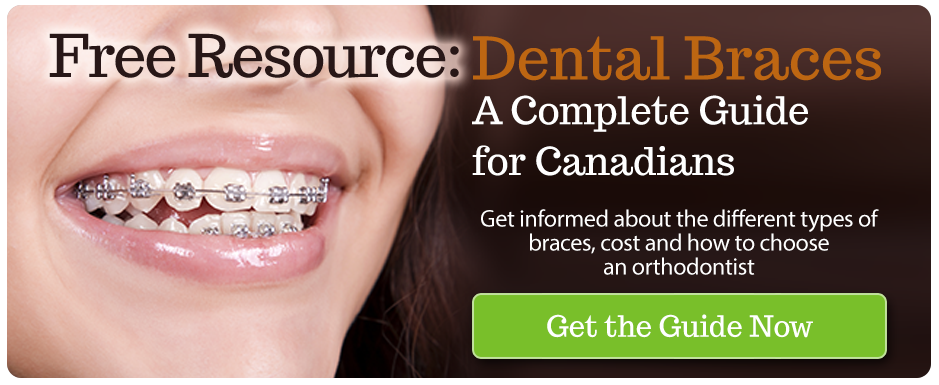The benefits of braces can extend beyond creating a nice-looking smile with rows of straight teeth. By correcting bite positioning, braces can also help alleviate jaw pain and muscle tension, prevent wear on teeth surfaces and make chewing less uncomfortable.
So how do braces work?
Braces apply gentle pressure to the teeth over a period of time, eventually shifting teeth to a desired position. Orthodontists can use braces, which are commonly a series of brackets bonded to the teeth and wires, to straighten teeth and treat a number of bite-related issues by moving teeth in a variety of ways. Braces can also help improve oral health because straighter teeth are easier to keep clean, leading to fewer cavities and reducing the risk of gum disease.
Braces apply force to one side of a tooth, causing a portion of the underlying bone to dissolve and creating space for the tooth to move into. As the tooth shifts its position, new bone builds up behind it, preventing that tooth from moving back to its original position.
A bad bite, or malocclusion, occurs if teeth don’t fit together properly when the jaws are closed. An improper bite can result in teeth that stick out or that are crooked, crowded or gapped. It can also result in upper teeth that too deeply cover lower teeth or in lower teeth overlapping the upper row when the jaws are closed.
An improper bite can affect more than physical appearances. It can also affect physical health, causing conditions such as headaches as well as facial and jaw pain that can be chronic.
For example, temporomandibular joint disorders (TMD) are caused by malocclusions that prevent the complex jaw joints, the muscles in the face and neck and the teeth from working together properly.
Some of the warning signs that could signal the need for orthodontic treatment include baby teeth that fall out early or late, adult teeth that appear late or not at all, chewing and biting difficulties, teeth that don’t appear in the proper position, difficulty closing the lips together, jaws that shift or make noises and jaws that are not properly positioned.In addition to braces, orthodontists can use other tools, including headgear and removable appliances, to help move teeth into position. Braces are usually worn for a period of about two years before they are removed. But the commitment to straight teeth doesn’t end there. Retainers, which can be either fixed or removable, must be worn for a period of time to ensure teeth maintain their corrected position.
Download our complete guide to braces for further insight 